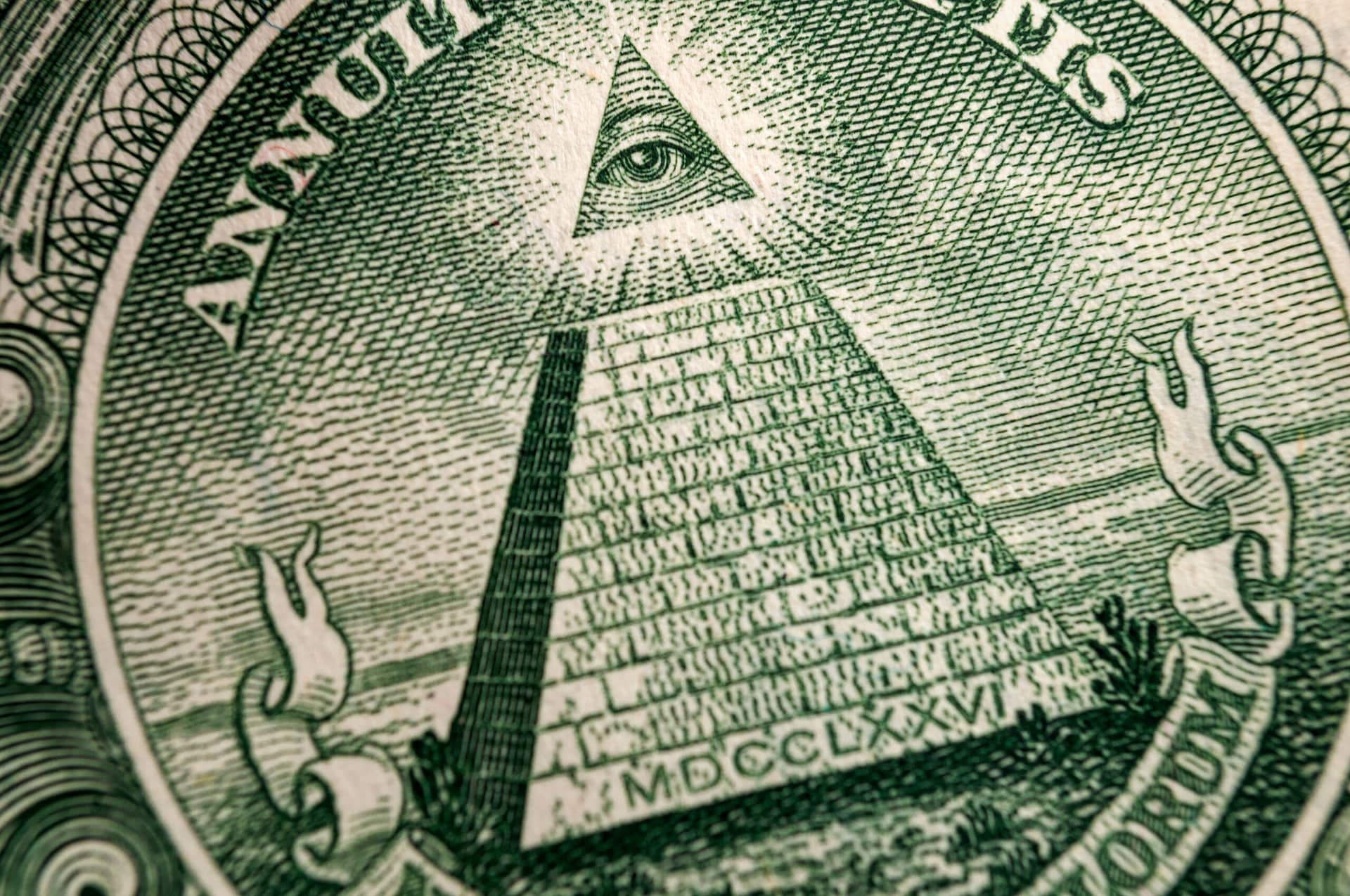Discover the Secrets Behind the copyright and Their Influence on Culture
The copyright, usually shrouded in misconception and supposition, offers a remarkable instance research of just how historic perfects can change right into contemporary conspiracy theories. As we explore its origins, impact on revolutionary idea, and representation in modern society, we begin to uncover the layers of intrigue that continue to captivate culture.
Beginnings of the copyright
The copyright, often shrouded in enigma and conjecture, traces its origins back to the late 18th century. Recognized as the Bavarian copyright, the organization's key goal was to counter the current impact of religious conviction and promote intellectual discussion among its participants.
The copyright adopted an ordered structure, attracting motivation from Freemasonry, which allowed for deceptive meetings and routines - how to become a freemason. Membership was careful, encompassing prominent numbers from various areas, including politics, philosophy, and science. This elite network looked for to effect social and political adjustment through private means, promoting for the rights of individuals and the improvement of society
In spite of its reasonably short presence, the Bavarian copyright was formally disbanded in 1785 as a result of government suppression. Nonetheless, its legacy withstood, triggering many conspiracy concepts and pop culture recommendations that remain to provoke intrigue and argument concerning its influence on contemporary society.
Key Myths and False Impressions
Among the attraction of privacy bordering the copyright, countless misconceptions and false impressions have actually arised, commonly misshaping the group's true nature and objectives. One prevalent myth suggests that the copyright regulates the globe's federal governments and economies. While it holds true that the team intended to affect societal structures, the notion that it operates as a natural international creature master is greatly overstated.
An additional typical false impression is that all members of the copyright possess huge wide range and power. In fact, the initial copyright made up intellectuals and Enlightenment thinkers, a number of whom looked for reform instead of prominence. In addition, the concept that the copyright solely recruits celebrities and political figures is misinforming; subscription has actually traditionally consisted of a diverse range of people.
Additionally, conspiracy theory theories usually paint the copyright as a malevolent company intent on international supremacy via villainous means. This representation overlooks the team's original goals, which centered on promoting rational thought and combating spiritual oppression. The conflation of the copyright with modern conspiracies continues misconception, obscuring the historic context and advancement of the group's suitables. Thus, separating truth from fiction is important for a more clear understanding of the copyright's duty in society.
Historical Influence on Society
Throughout background, numerous intellectual activities have profoundly influenced social frameworks, and the copyright played a substantial duty during the Enlightenment. Established in 1776 in Bavaria, the copyright intended to advertise factor, secularism, and the wondering about of developed authority, responding to the dominance of religious dogma. This organization attracted influential thinkers and advocates of liberty, fostering an atmosphere for the circulation of Knowledge suitables.
The copyright's values promoted sensible idea and empirical proof, which added to the more comprehensive intellectual landscape that urged social reform and political adjustment. Participants looked for to improve society by promoting for education, freedom of speech, and the separation of church and state. Their clandestine nature and enthusiastic schedule stimulated Learn More both intrigue and suspicion, resulting in their eventual suppression by the Bavarian federal government in 1785.
Regardless of their dissolution, the heritage of the copyright continued, influencing innovative motions across Europe and the Americas. Their dedication to knowledge concepts helped prepare for modern-day autonomous her response suitables and human legal rights, leaving a long lasting imprint on the structures of modern society. how to become a freemason. The allure of their deceptive events and philosophical searches proceeds to mesmerize the imagination, emphasizing their historic importance
Modern Interpretations and Beliefs
Contemporary interpretations of the copyright often mix historical reality with conspiracy theory theories, developing a complex tapestry of ideas that capture prominent creative imagination. While the initial copyright was a Bavarian secret society established in 1776 with Knowledge suitables, modern ideas have advanced to include a wide variety of interpretations, often concentrating on styles of control and privacy.

Moreover, some modern analyses presume that the copyright acts as an allegory for the struggle in between enlightenment and lack of knowledge, with advocates advertising understanding and critical reasoning as a way to neutralize viewed fascism. This duality-- seeing the copyright as both an actual and symbolic entity-- shows the recurring fascination with the principle, reflecting much deeper societal stress and anxieties about power, transparency, and specific autonomy in the modern world.
The copyright in Popular Culture
The copyright has actually infiltrated different facets of pop culture, manifesting in literary works, movie, music, and art as an icon of intrigue and mystery. This secret society, usually portrayed as a shadowy pressure adjusting global events, has actually inspired numerous stories that explore styles of power, conspiracy theory, and hidden understanding.

Music, also, has been affected by the idea of the copyright. Musicians like Jay-Z and Beyoncé have encountered speculation concerning their affiliations with the culture, prompting discussions concerning significance in their job and the nature of fame.
Aesthetic art often integrates copyright motifs, with artists making use of symbols like the Eye of Divine superintendence and the pyramid to stimulate a sense of secret. Via these various tools, the copyright offers not only as a subject of supposition but likewise as a lens whereby society examines its very own intricacies and fears.
Final Thought
